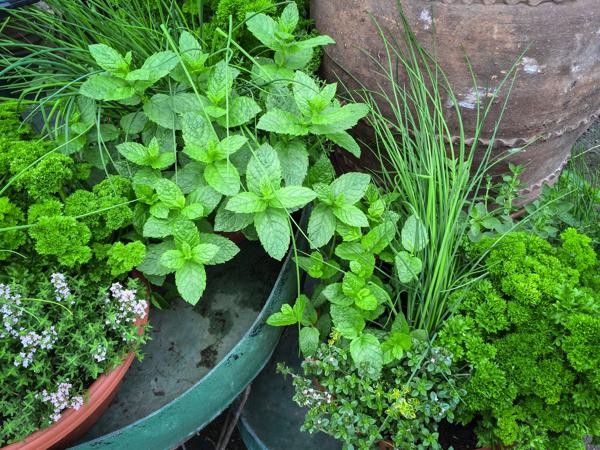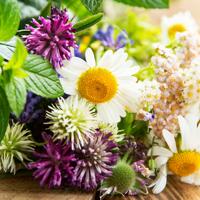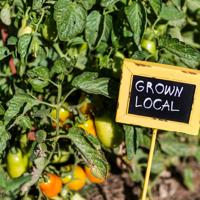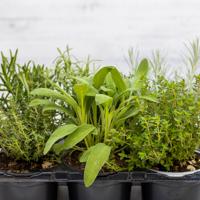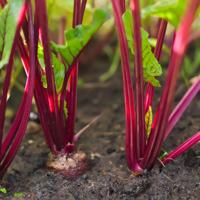Welcome to the fragrant, colorful world of edible flowers. Incorporating these blooms into your garden-to-table lifestyle can add visual appeal and subtle flavors to your meals. With thoughtful consideration, you can cultivate edible flowers that are as pleasing to the palate as they are to the eyes.
Benefits of Edible Flowers
Edible flowers are more than just ornamental. They have been part of culinary traditions across various cultures for centuries. While they aren’t nutrition powerhouses, they can provide specific benefits depending on the type. For example, certain flowers are known for their antioxidant properties. More than anything, they contribute aesthetic and sensory delight to dining experiences.
Selecting & Identifying Edible Flowers
Before venturing into edible flowers, it’s important to be able to identify them correctly. Not every flower is safe to eat, and some can even be toxic. Ensuring you have accurate information will help you make delightful, safe choices.
Common Edible Flowers
Here’s a selection of well-known edible flowers and their flavors:
- Nasturtiums: With their bright, peppery flavor, these flowers can be a fantastic addition to salads.
- Pansies and Violas: These delicate blooms offer a mild grassy taste with a hint of wintergreen, making them ideal as visual garnishes.
- Calendula: Often referred to as “poor man’s saffron,” calendula petals add color and offer a slightly tangy flavor.
- Borage: With its cucumber-like flavor, borage flowers are great in drinks or as a garnish.
- Chamomile: Known for its apple-like scent, it’s widely used in teas and desserts.
Growing Edible Flowers
Most edible flowers are relatively easy to cultivate. Here are a few tips:
- Site Selection: Many edible flowers require full sun, but some can thrive in partial shade. Ensure the soil is well-drained and enriched with organic matter.
- Organic Practices: Since these flowers will be consumed, avoid using chemical pesticides or fertilizers. Instead, focus on organic gardening practices to protect both the plants and your health.
- Companion Planting: Integrate them into your existing garden. Many edible flowers can serve as companion plants, offering pest-repelling benefits.
Harvesting Tips
Harvest flowers at their peak, typically in the morning when they are freshest. Use scissors or pruners to avoid damage. Remove the stamens and pistils from larger flowers, as these can sometimes bring bitterness. Rinse flowers gently to remove dirt or insects, and use them soon after picking for optimal flavor and texture.
Culinary Uses
Explore the many ways you can incorporate edible flowers into your meals:
- Salads: Add whole flowers or petals to your salads for a burst of color.
- Desserts: Use flowers in cakes, cookies, or sorbets for decorative flair and subtle flavors.
- Drinks: Infuse petals in syrups or simply freeze them in ice cubes to elevate your drinks.
Safety Considerations
- Verify Edibility: Use trusted sources for identification and ensure the flowers are deemed safe for consumption.
- Allergies: Introduce new flowers gradually to check for any allergic reactions.
- Pesticide-Free: Ensure the flowers have not been treated with chemicals unless specified as food-safe. If purchasing, opt for organic sources to ensure safety.
Conclusion
Growing and using edible flowers can bridge the gap between garden and table, providing an inviting sensory experience. While not essential to sustainable gardening, they contribute to both beauty and diversity. If you’re eager to bring new dimensions to your culinary endeavors, edible flowers might just be the gentle touch you are looking for.
Feel free to explore various combinations, and remember, the joy is in the journey. By venturing into the world of edible flowers, you not only add an artistic element to your dishes but also contribute to a more sustainable and mindful approach to gardening and cooking.
